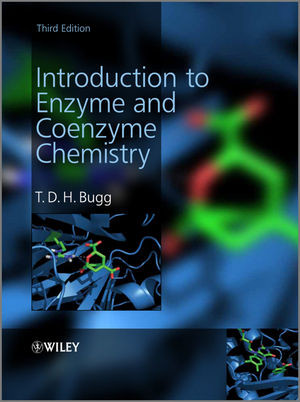

Most ebook files are in PDF format, so you can easily read them using various software such as Foxit Reader or directly on the Google Chrome browser.
Some ebook files are released by publishers in other formats such as .awz, .mobi, .epub, .fb2, etc. You may need to install specific software to read these formats on mobile/PC, such as Calibre.
Please read the tutorial at this link: https://ebookbell.com/faq
We offer FREE conversion to the popular formats you request; however, this may take some time. Therefore, right after payment, please email us, and we will try to provide the service as quickly as possible.
For some exceptional file formats or broken links (if any), please refrain from opening any disputes. Instead, email us first, and we will try to assist within a maximum of 6 hours.
EbookBell Team

5.0
100 reviewsEnzymes are giant macromolecules which catalyse biochemical reactions. They are remarkable in many ways. Their three-dimensional structures are highly complex, yet they are formed by spontaneous folding of a linear polypeptide chain. Their catalytic properties are far more impressive than synthetic catalysts which operate under more extreme conditions. Each enzyme catalyses a single chemical reaction on a particular chemical substrate with very high enantioselectivity and enantiospecificity at rates which approach “catalytic perfection”. Living cells are capable of carrying out a huge repertoire of enzyme-catalysed chemical reactions, some of which have little or no precedent in organic chemistry.
The popular textbook Introduction to Enzyme and Coenzyme Chemistry has been thoroughly updated to include information on the most recent advances in our understanding of enzyme action, with additional recent examples from the literature used to illustrate key points. A major new feature is the inclusion of two-colour figures, and the addition of over 40 new figures of the active sites of enzymes discussed in the text, in order to illustrate the interplay between enzyme structure and function.
This new edition provides a concise but comprehensive account from the perspective of organic chemistry, what enzymes are, how they work, and how they catalyse many of the major classes of enzymatic reactions, and will continue to prove invaluable to both undergraduate and postgraduate students of organic, bio-organic and medicinal chemistry, chemical biology, biochemistry and biotechnology.
Content: